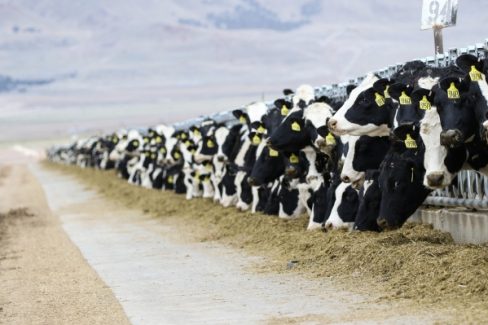Assuming the dairy sector can be protected from new quotas or other measures designed to minimise GHG emissions, its outlook short term and long term is very positive.
Consumer attitudes towards dairy products have seen a dramatic change in recent years, where its natural qualities are preferred and there is much less emphasis on its fat content.
Average
Average milk price received by farmers in 2016 was 27.6 cents per litre. In the first five months of 2017, average milk price has been about 32.6 cents per litre, an increase of nearly 20%.
Grass growing conditions have also been benign, so that no dramatic increase in costs is expected. And the sector, freed from the quota regime, continues to expand its output.
Indeed dairy farmers could justifiably complain that they worked harder last year (5% increase in milk supplied)- for less money. Milk production has increased on 82% of dairy farms since 2014. 22% of farms have increased supply by more than 30%.
The proportion of dairy farms with more than 100 cows is now 19%, compared with 3% in 2006.
This was achieved by a combination of more cows, more milk per cow, a reduction in other livestock and a marginal increase in land area. Mostly it has happened via increased productivity.
A Bonanza for Dairy in 2017?
The reward may come this year (where a further 5% increase in volume is expected), where Teagasc economists are suggesting that family income from the dairy enterprises may reach €75,000, or a 50% increase on the 2016 levels.
One inhibiting factor is a growing shortage of skilled labour.
At the scale at which most dairy farmers are now operating, additional labour beyond that of the operator is needed.
This was highlighted in another Teagasc report, (The People in Dairy Project) published this week, which identified the need for an additional 6,000 skilled people in the dairy farming sector over the next ten years.
No dramatic changes are expected in incomes earned in other sectors.
Source: Irish Examiner




